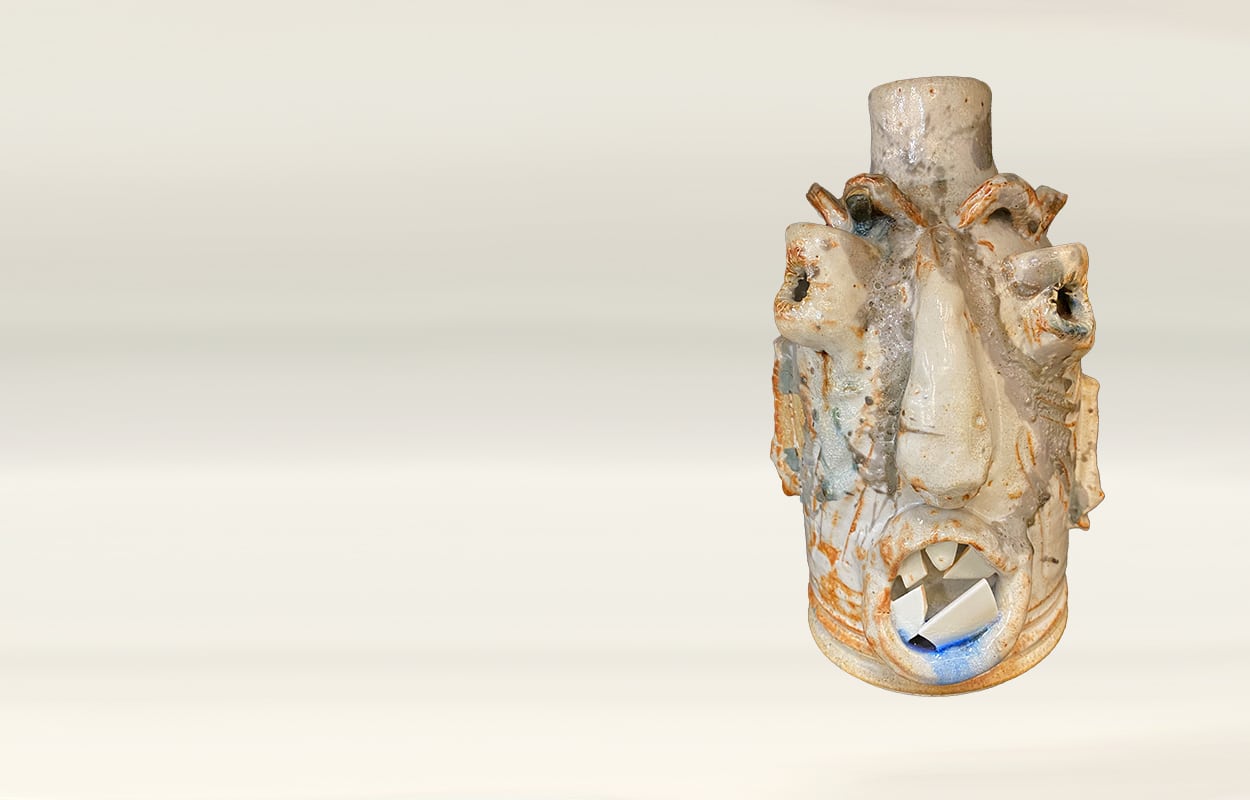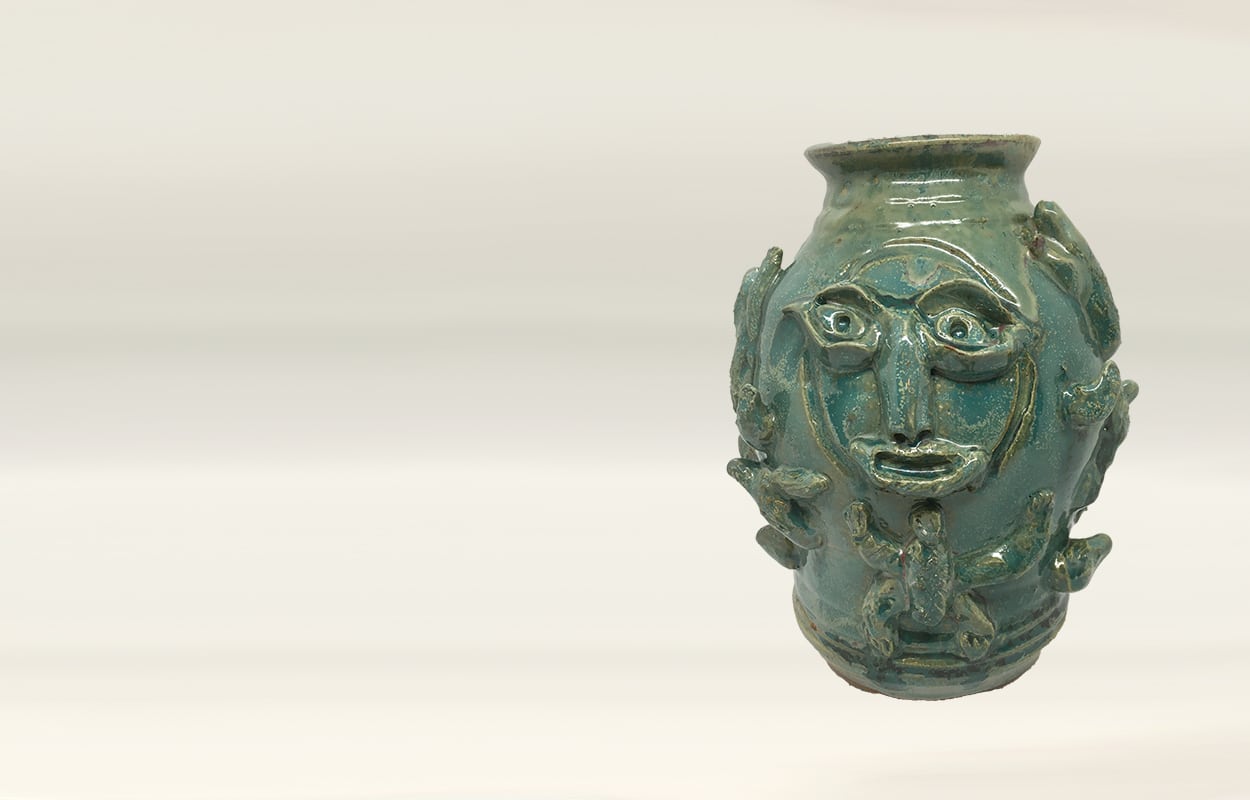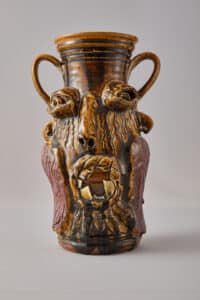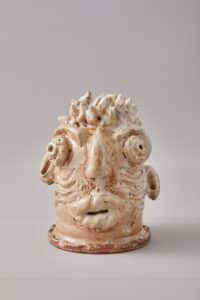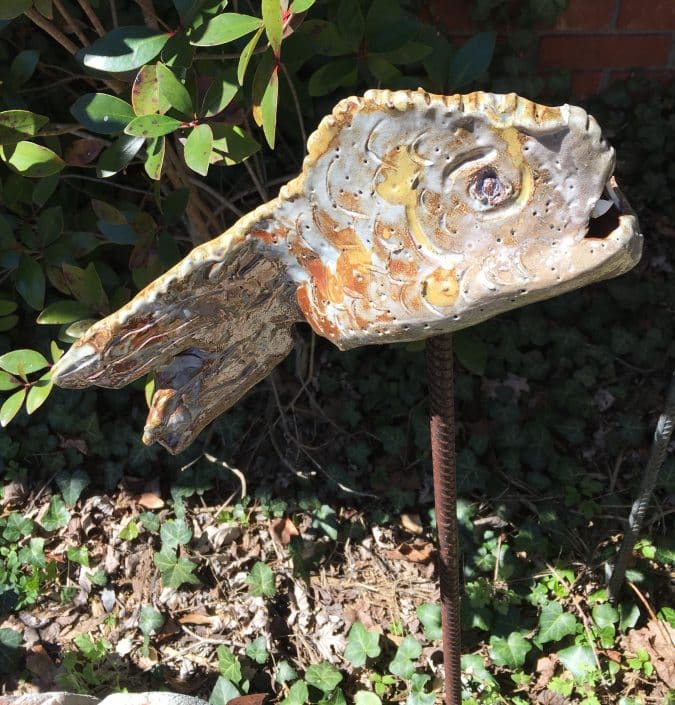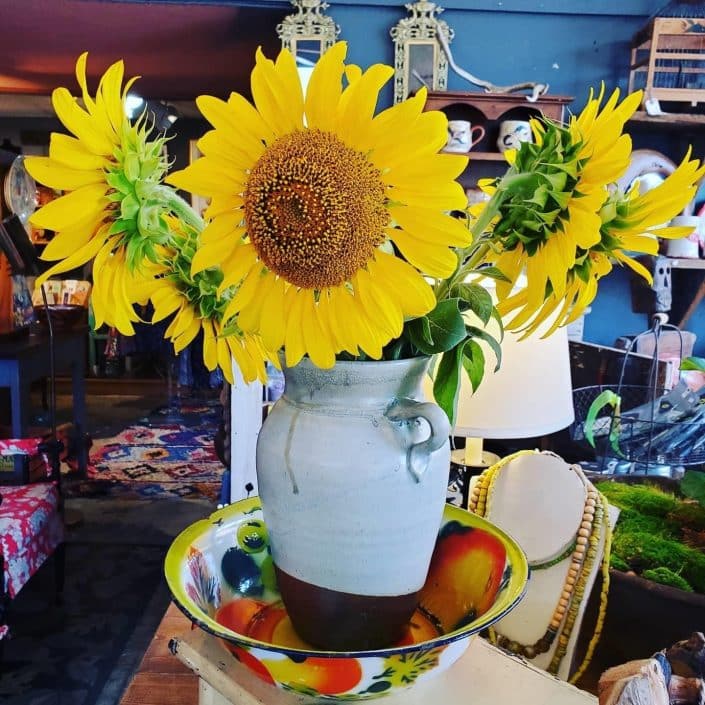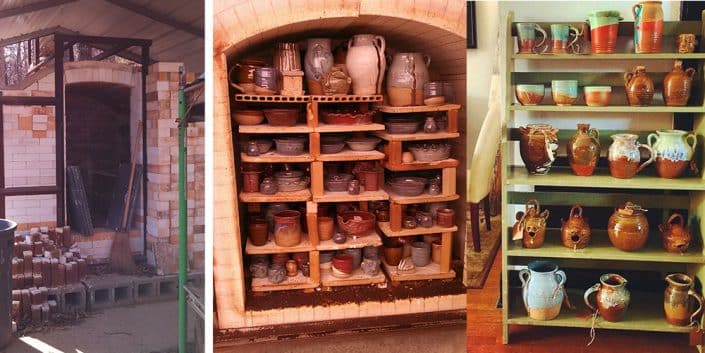Jim McDowell is listed as one of 300 names defining the USA’s creative landscape in the “Keepers of Culture” section of Wallpaper magazine, August 2023.
Events
Longhouse Reserve, East Hampton, NY
Object & Thing Goes to the Beach
East Hampton, New York
May 27 to September 3, 2023
https://www.metmuseum.org/exhibitions/listings/2022/edgefield
A selection of 100 objects by 34 artists will spend the summer at the LongHouse Reserve in East Hampton.
The Metropolitan Museum of Art
The Metropolitan Museum of Art
New York, New York
September 2022 – February 5, 2023
https://www.metmuseum.org/exhibitions/listings/2022/edgefield
“Hear Me Now”
The Black Potters of Old Edgefield, South Carolina
Sotheby’s Auction House
Sotheby’s Auction House
New York, New York
Curated Art Sale
Face Jugs by Jim McDowell included inhouse auction and online
Listing Period: September 24 – October 4 2022
Northern Clay Center
Northern Clay Center
Minneapolis, Minnesota
September 17 – October 30, 2022
https://northernclaycenter.org/2022/01/01/a-gathering/
“A Gathering: Work from Contemporary Black American Ceramic Artists”
Blowing Rock Art & History Museum
Blowing Rock Art & History Museum
Blowing Rock, North Carolina
Present through October 30, 2022
https://www.blowingrockmuseum.org/see/jagged-path
“Jagged Path: The African Diaspora in Western North Carolina in Craft, Music, and Dance”

